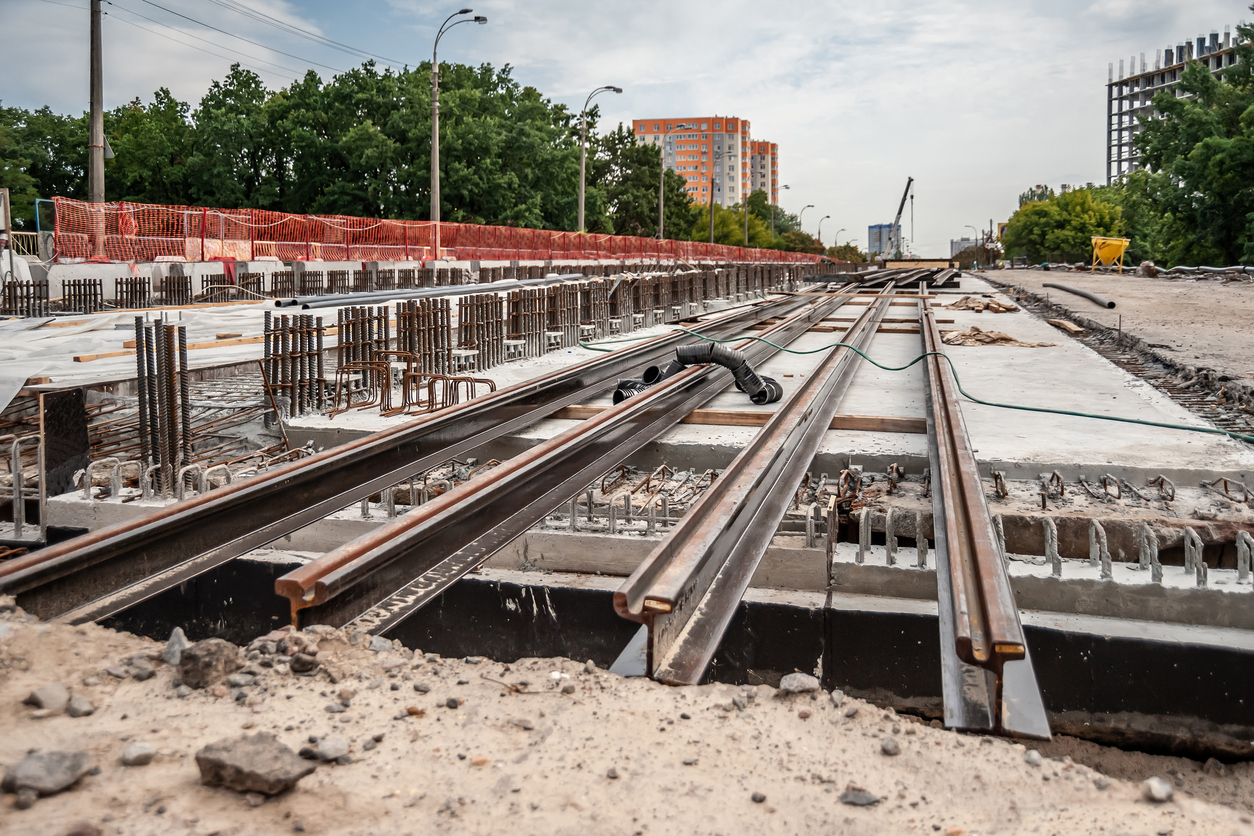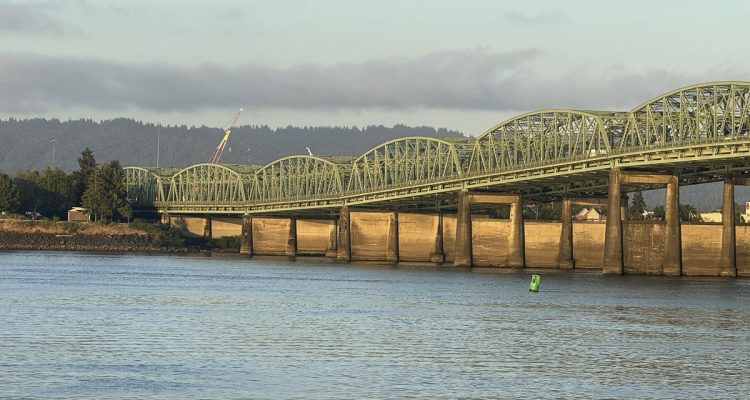On March 27th Sound Transit announced the hiring of Terri Mestas as Deputy CEO for Megaproject Delivery. This position was created in response to the Board’s frustration with the agency’s dismal track record of massive cost-overruns and project delays. The expectation seems to be that a stronger executive team and greater emphasis on project implementation will solve the agency’s problems. The Sound Transit press release informs us the appointment is expected to,
“…bring forth ways to accelerate project timelines and reduce capital expenditures.”
Let’s hope so, but nobody should expect this position, no matter how capably filled, will bring about miraculous solutions to the inherent flaws of Sound Transit’s light rail plan.
While it is true that Sound Transit has suffered from organizational problems, the focus on those shortcomings has diverted the Board’s attention from the more fundamental problem that is the source of most of Sound Transit’s difficulties. That problem is the plan itself. In particular, the decision in 1995 to build a system based on light rail technology. After more than twenty-five years it has become painfully apparent that very high costs (over $250 million per mile), neighborhood disruption, a huge carbon footprint, and a decades-long timeline for construction are unavoidable consequences of basing the system on light rail. These problems have persisted under five different CEOs, several prime contractors, and more than a dozen different board chairmen. If organizational dysfunction was really the problem you’d think one of those CEOs would have figured it out. The fact that Sound Transit has had huge cost overruns and lengthy delays under every CEO and on every light rail line indicates the agency’s insistence on sticking with ill-suited light rail technology is far and away the biggest obstacle to economical implementation of an effective regional public transportation system.
An example of this can be seen in a staff presentation to the Sound Transit Board at their March 28th meeting, https://www.soundtransit.org/st_sharepoint/download/sites/PRDA/ActiveDocuments/Presentation%20-%20%20ST3%20Light%20Rail%20Service%20and%20Ridership%2003-28-24.pdf
The presentation discusses ridership forecasts, potential overcrowding, and “mitigation approaches”. The presentation mentions that an additional 90 light rail cars would be needed to meet forecast demand if other ways of addressing the problems are not found. One of the approaches described would increase the fleet of light rail cars, add service, and expand operating base capacity. Cost? $2 billion!
A responsible Board would ask:
- Why wasn’t this high-cost problem identified sooner?
- In light of Sound Transit’s lower than projected ridership, are the new forecasts reliable?
- Would the additional $2 billion expenditure actually increase ridership?
- Could express bus service accommodate increased demand at lower cost and lower risk (and sooner)?
The presentation does not address those issues. It does include several graphs that show potential peak hour crowding at downtown Seattle stations in year 2048. A close look at the graphs also show the segment of the line from Ballard to downtown would be significantly underutilized with less than half the seats full, and that's in the peak hour. This ought to raise the question of why the plan spends $10 billion on a line to Ballard when there isn’t enough demand to fill the train, and that’s assuming very strong population growth out to year 2048.
Even if the new Deputy CEO for Megaproject Delivery can bring the Ballard project to completion within the $10 billion budget, Sound Transit’s own forecasts tell us it doesn’t make sense. That’s the question the Sound Transit Board needs to think about.






